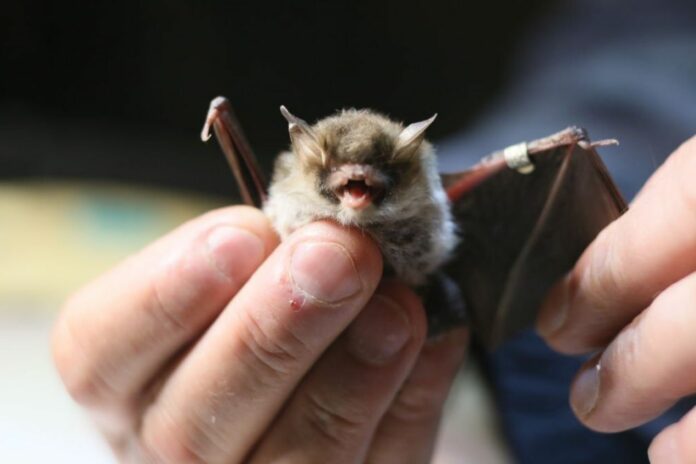A new study, analyzing 25 years of data on land-use change, bat behavior, and spillover of Hendra virus from bats to horses in subtropical Australia, reveals that human activities are causing bats to adopt behaviors previously associated with short-term nutritional stress, and this change in bat behavior is increasing the risk of Hendra virus spillover.
Dr. Peggy Eby of the University of New South Wales, Dr. Alison Peel of Griffith University, and Prof. Raina Plowright of Cornell University, along with their research team, highlight in a study published in Nature that interactions between habitat destruction and climate are causing bats to persist in agricultural areas where they may come into contact with horses.
The biggest problem has been figuring out what makes pathogens spread from animals to people and become a threat to the whole world. Previous correlational studies have linked spillover to large-scale habitat destruction and people moving into natural landscapes, which makes it easier for wild animals, domestic animals, and people to meet each other.
These studies provide general assessments of potential spillover locations as well as some broad explanations for how and why it might occur.
“However, what’s missing is the detail needed to predict periods when spillover risk is high,” says Dr. Eby.
Dr. Alison Peel from the Griffith Centre for Planetary Health and Food Security said that one problem was that there were not many examples where long-term data were available to make connections between spillovers, wildlife ecology and behavior, and viral dynamics.
To fill in these gaps, the study authors used 25 years of data on temperature, land-use change, bat behavior, and spillover of the Hendra virus from bats to horses.
The study shows that habitat loss, agriculture, and human settlement were significant factors in identifying where risk was high in general, but not just because encroachment directly increased opportunities for contact as was previously believed.
Instead, they discovered that flying foxes changed their habitat and resorted to behaviors they often use to prevent malnutrition brought on by climate change and associated with El Nio events, such as feeding on plants in horse paddocks. This made them move into farming areas that didn’t have enough native food for the winter.
In order to pollinate our native trees, flying foxes travel great distances to track the nectar flow in native woods. When vast regions of eucalypts bloom, according to the author, flying foxes gather in roosts of over 100,000 animals to feast on the plentiful food.
“In our study, we show that large winter flowering events have a protective effect on the risk of spillover and are therefore critical to the health of horses and people as well as bats. We found that no Hendra virus spillovers have been detected at times when flowering is abundant.”
Extensive deforestation of winter-blooming woods has reduced the number of years with extensive flowering, limiting the dependability of this natural source of defense and raising the risk of spillovers.
“We used modelling to integrate our long-term data into a framework that allows us to understand the how, why and when of viral spillover. We identified climate thresholds that enable us to predict periods of high risk of Hendra virus spillover up to two years in advance,” Dr. Eby said.
“Identifying the protective effect of mass winter flowering events offers hope – by replacing critical habitat that has been destroyed we can ensure that abundant winter flowering occurs more reliably.
“We propose that restoration of this critical habitat will restore functioning ecosystems, improve the health of flying foxes, reduce their reliance on urban and agricultural areas, and protect horses and people against spillover of Hendra and other viruses.”
The study’s findings were published in Nature today.
Source: 10.1038/s41586-022-05506-2
Image Credit: Getty
